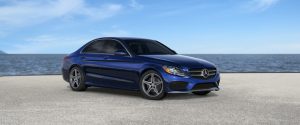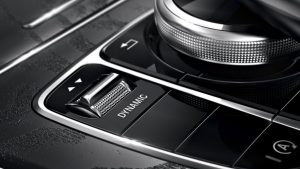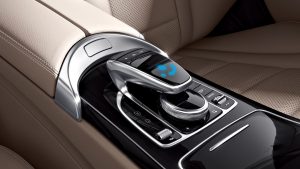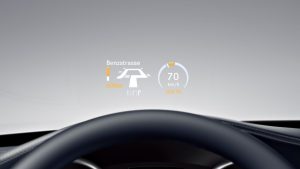Earlier this year I got the opportunity to take out a new C200 4Matic for a couple days. It was my first opportunity with the W205, and quite an enjoyable one too. Mine came out in the new Brilliant Blue colour, which suits the car really well. The car further had the AMG suspension and trim kits. It had the 7 Speed DCT gearbox fitted.

terrible quality photo of the car I had
With a starting price of R495,000, these are not cheap cars. The model I had had a plethora of extras, pushing the retail price all the way up to R631,500. So I packed in some friends and did a mini-road trip covering 1500km and various terrain over a few days. It is a really nice car. A noticeable upgrade to the W204, interior is impeccable, and the shape has started to grow on me.
The car seated 4 of us comfortably. Leg room in the rear is sufficient, if not great, and the coupe sloping rear window does not impede head room. The boot was large enough, but feels smaller than that of the CLA. There is a surprisingly large storage area underneath the boot, where a spare-wheel would have gone in a previous car, although not large enough to support even a modern-day space-saver (I did at least get run-flats). The back row does have space and a seat-belt for a 3rd person, but this would be quite tight, and the space is put to better use by the armrest (with storage compartment and cupholders).
The C200 is a 1.9 litre turbocharged engine, putting out 135kw. The engine has 4 driving modes, Economy, Comfort, Sports and Sports+. It’s nice and easy to flip through these settings (better than the 204), and each one adjusts the engine/transmission, steering and aircon performance. I’m not 100% sure, but it seemed to affect the stiffness of the suspension as well. Maybe this was just in my mind, but we did some very scientific tests driving over speedbumps and it seemed to have an affect.
I spent 80% of the time in Sports mode, 15% in Sports+, and only the remainder in Comfort. And I noticed this when I filled up with petrol. The car has claimed consumption figures of between 4.4 and 7.3 l/100km. I averaged 9.5 at normal highway cruising speeds. The car had the extended range fuel tank, which can take somewhere over 70litres, including the reserve. Which gives you a really great range, especially for South Africa.
The entertainment system and centre console is mostly well put together. All the functionality worked and was relatively easy to navigate. The car had the standard Merc joystick, but included the optional touchpad. The touchpad is terrible. I really didn’t like using it, and ended up disabling it. Maybe it would have gotten better with more use, but I found it much easier to navigate with the joystick. Additional USB and SD card inputs are located within the centre armrest, which is convenient.
Although this car didn’t have it, a heads-up-display (HUD) is an optional extra on the C-Class. I’ve driven short distances in a car which has this option, and it’s really great. It displays your speed, navigation information and other info on the windscreen in front of you. It worked well even in bright daylight. Definitely recommended if it’s in your price range.
As mentioned, this car came fitted with Merc’s all wheel drive system, 4matic. It was my first time driving an all-wheel drive sedan, and what a pleasure. No matter the corner you take, the car just sticks. It was a pleasure to drive, and something I’d love to test out round a track. While we did do a few short sections on gravel, the cars AMG suspension made this unenjoyable, extremely harsh, and completely put me off trying to test out its all wheel drive capabilities.
While the car was comfortable to drive, and came with electronically adjustable seats and steering wheel, I couldn’t shake the feeling that the steering wheel wasn’t centred around the driver’s seat, and that it was slightly more towards the centre of the car. It didn’t bother me too much, but after long stretches, I needed a bit of a stretch.
The car was fitted with two unusual extras for South Africa. Firstly seat warmers, and secondly a remote control to activate heating in the car. Even though it was well over 20 degrees C outside we tested out the seat warmers which blow nice hot air at the driver and front passenger’s bodies. The remote control makes use of an additional petrol powered heating unit in the engine bay to warm up the cabin. It can be activated from inside your house a few minutes before you have to go somewhere, so when you get to your car, it’s already warm.
I really enjoyed my time with the car. As mentioned, a definite upgrade on the 204, and noticeably placed in a higher class than the CLA to which I was accustomed. The C200 is an acceptable version, although with the extra wait of the 4matic, a larger engine would be preferable. That being said, it cruises easily, and is happy to drop gears when the need for overtaking is required. A well put together car, the trim is exceptional (especially the black ash in this model), and it was a pleasure to drive.







